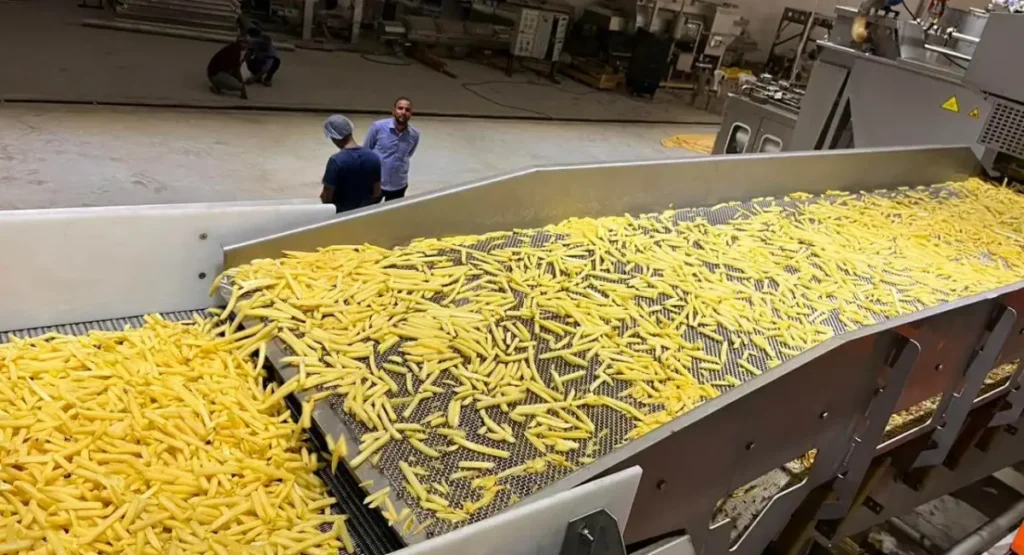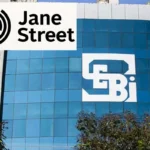India French Fry Production: How Gujarat Became a Global Leader

The journey of India french fry production has transformed the lives of many farmers and placed the country on the global map for frozen potato exports. Jitesh Patel, a farmer from Gujarat, is one of the success stories. His family once relied on cotton farming, but recurring droughts and low profits forced them to rethink their future.
India French Fry Production Shift: From Cotton to Potatoes
“After the 2001 and 2002 droughts, we realized that cotton wasn’t sustainable,” says Patel. Seeking a crop that required less water, the family experimented with potatoes. Initially, they grew table potatoes for local markets, but the profits were no better than cotton.
The turning point came in 2007 when major french fry producers entered Gujarat. Patel switched to growing industrial potato varieties, specifically bred for making frozen fries. “Since then, there’s been no looking back,” he says proudly.
Gujarat – The Heart of India’s French Fry Boom
India is now the world’s second-largest potato producer, and Gujarat has become the hub of India french fry production. Major companies like McCain Foods and HyFun Foods operate large-scale factories that process and export frozen fries worldwide.

In February 2025, India’s monthly frozen fry exports surpassed 20,000 tonnes for the first time. Over the past year, exports grew by 45%, reaching 181,773 tonnes. Analysts attribute this growth to India’s competitive pricing. In 2024, Indian fries were even cheaper than those from China, strengthening India’s foothold in Asian markets such as Thailand, Indonesia, and the Philippines.
Innovation on the Farm
To meet rising demand, farmers like Patel have embraced modern agricultural practices. He and his family implemented drip irrigation as early as 2003 to save water. They also enrich their soil with natural fertilizers like cow manure and rotate crops to maintain soil health.
Patel’s focus now is on seed innovation. “We are experimenting with new potato varieties to improve yield and quality,” he says. Agricultural tech firms like Jain Irrigation Systems are collaborating with farmers through advanced tissue culture methods to create disease-resistant, high-quality potato seeds suitable for frozen fries.
Challenges in Cold Storage and Logistics
Despite the success, India’s frozen food sector faces infrastructure hurdles. Only 10–15% of the nation’s cold storage facilities are suitable for frozen goods, and most are concentrated in a few states.

“There is a significant shortage of refrigerated trucks and containers, making it difficult to maintain the cold chain for exports,” says Vijay Kumar Nayak, co-founder of Indo Agri Foods. Frequent power outages further increase the risk of spoilage, adding costs for exporters who compete with countries like Thailand, Brazil, and China, which have better infrastructure.
The Future of French Fry Exports
HyFun Foods, India’s largest french fry manufacturer, currently runs seven processing plants in Gujarat, with two more expected by 2026. CEO Haresh Karamchandani says that rising urbanization, changing food habits, and the popularity of frozen foods are driving demand both domestically and internationally.
Patel believes this trend is here to stay. “Becoming a contract farmer for french fry companies has given us steady income and financial security. Gujarat is truly a food processing hub now,” he says.




